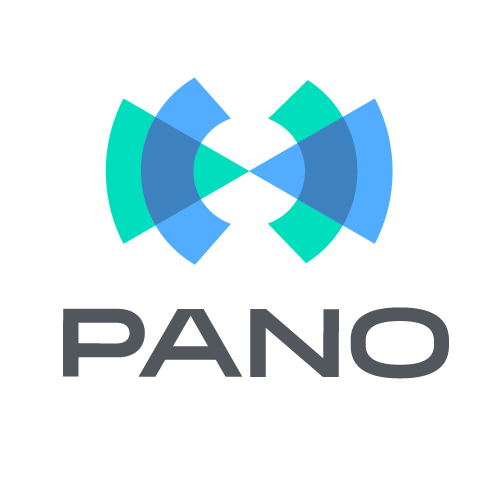Brand personas are an important part of creating personalized engagements with healthcare patients at health clinics, medical centers, FQHC community clinics, and all healthcare-related businesses.
Today, we look at the theory of individuation in branding, the 12 brand archetypes, and best practices for health organizations to create unique experiences with their patient populations in marketing.
Individuation
Carl Jung was a psychologist who separated from Freud’s theories to focus heavily on individuation, the process of differentiating individuals’ self from the conscious and unconscious.
In his studies of analytical psychology, he theorized that humans use symbolism to more easily understand complex concepts.
“There are forms or images of a collective nature which occur practically all over the earth as constituents of myths and at the same time, as individual products of unconscious.”
What if we treated our organizations as if they were a person? What would they be like? How would they sound, react, and engage with us? How might our customers and patients engage with us differently?
Brand Personality
We know that branding is all of the things that differentiate our organization from other organizations. Our logo, our colors, our fonts, our products, and our services. With so many options in healthcare, does this differentiate our brand enough from others?
Defining and articulating your organization’s brand personality addresses:
- How Your Brand Behaves
- How Your Brand Engages
- How Your Brand Makes People Feel
This practice of individuation in branding creates a stronger USP (Unique Selling Proposition), better consistency across channels, and fosters unique engagements with customers.
Brand Archetypes
Remember Jung’s theory? An archetype is a figure or symbol that consistently recurs in literature, visual arts, and mythology across many of our cultures throughout time.
There are 12 well-established brand archetypes to refer to when developing your organization’s brand personality:
1. INNOCENT
Exhibits happiness, goodness, optimism, safety, romance, and youth.
Example brands: Coca-Cola, Nintendo, McDonalds
2. EVERYMAN
Seeks connections and belonging; is recognized as supportive, faithful, and down-to-earth.
Example brands: IKEA, Home Depot, Gap
3. HERO
On a mission to make the world a better place. The Hero is courageous, bold, and inspirational.
Example brands: Nike, Red Cross, the Marines
4. REBEL
Questions authority and breaks the rules. The Rebel craves rebellion and revolution.
Example brands: Virgin, Harley-Davidson, Doc Martins
5. EXPLORER
Finds inspiration in travel, risk, discovery, and the thrill of new experiences.
Example brands: Jeep, Red Bull, GoPro
6. CREATOR
Imaginative, inventive, and driven to build things of enduring meaning and value.
Example brands: Lego, Adobe, YouTube
7. RULER
Creates order from chaos. The Ruler is typically controlling/stern, yet responsible/organized.
Example brands: Mercedes-Benz, Microsoft, British Airways
8. MAGICIAN
Wishes to create something special and make dreams a reality. Visionary and spiritual.
Example brands: Apple, Disney, TEDX
9. LOVER
Creates intimate moments, inspires love, passion, romance, and commitment.
Example brands: Victoria’s Secret, Haagen Dazs, Godiva
10. CAREGIVER
Protects and cares for others, is compassionate, nurturing, and generous.
Example brands: J&J, Campbell’s Soup, Habitat for Humanity
11. JESTER
Brings joy to the world through humor, fun, irreverence, and often some mischief.
Example brands: Old Spice, Ben & Jerry’s, M&Ms
12. SAGE
Committed to helping the world gain deeper insight & wisdom. Thoughtful mentor or advisor.
Example brands: Google, PBS, NPR, Your state’s primary care association
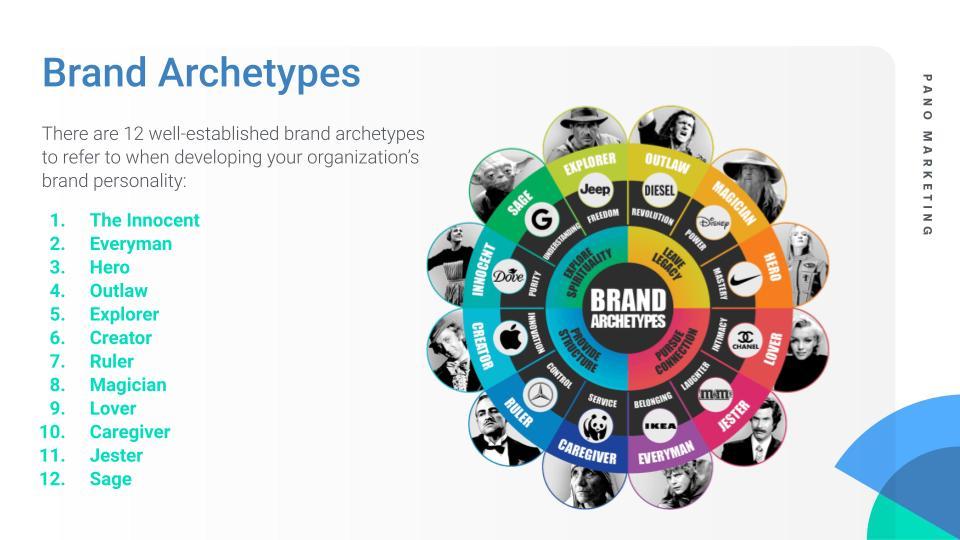
Knowing there are these 12 common brand archetypes, you need to identify the ones that best fit your organization to help determine the brand personality your brand exudes to customers, potential customers, and patients.
Identifying Your Organization’s Brand Archetype
If you had to define which archetype best represented yourself as a person, would you be able to pick just one?
Probably not. People are more complex than that. Healthcare organizations are too.
Brands, like people, are complex. Thus, they will likely have more than one archetype when defining a brand personality. There will be a “core” archetype though. For example, here are the brand archetypes of PANO Marketing:
PANO’S ARCHETYPES
- SAGE: We are a knowledge resource center, and our role is to share that knowledge with our clients to help them grow and succeed. This is our core archetype.
- CREATOR: As an outsourced marketing department service provider, we do a lot of production for our clients to provide sustained value.
- CAREGIVER: We are focused on healthcare marketing because that is what is most important to us, providing resources to health organizations so they can better serve their communities.
HOW TO DETERMINE YOUR BRAND ARCHETYPES
When developing a brand persona using brand archetypes, here are 8 questions to ask:
- If our brand were a person, what kind of person would they be? Male? Female? How would they act? Speak? Move? Engage with patients?
- If our brand were a person, what character traits would people use to describe them?
- If our brand were a person, what would their relationship with our patients be? A friend? A mentor or coach? A colleague? A boss? A peer? An ally?
- How does our brand want our patients to feel when they engage with us?
- What are the brand archetypes of our biggest competitors in our community?
- What are the brand archetypes of our greatest allies and peers?
- What are brands in our industry that have clear brand archetypes, and consistently show their personality?
- If money were no issue, and we could hire anyone in the world to be our spokesperson, who would it be? Why? What makes them a good ambassador and representative of our organization?
The first step is to choose your “core archetype,” the catchall category your organization most embodies.
Healthcare is complex, and the organizations within them are as unique as individuals. However, there are some universal values that bond us — meaning there are some common archetypes used in healthcare brand personalities. The 4 most common “core archetypes” in healthcare are:
- CAREGIVER
- SAGE
- HERO
- EVERYMAN
Once you have determined your organization’s core archetype, identify sub-archetypes.
Define these subcategories based not only on what you feel they are currently, but based on what your patients will relate to the most.
CREATE A FICTIONAL PERSON
Now that you have identified your organization’s core archetypes and sub-archetypes, you can begin working on developing a brand persona.
It helps to create a fictional person to represent the brand personality of your organization.
Here is an example of a fictional person named “Shelly” who is the persona of one of our FQHC community clinic clients:
Shelly used to work for a large corporation and knows her way around an executive office. However, she hated that life and now works for herself. She’s white. She’s in her late 50’s now. She likes to wear jean shorts, she smokes (and has a smoker’s rasp), takes her Jeep rock-crawling on weekends, and if you get a drink in her she’ll tell you EXACTLY how she feels about you or the world. She’s professional in her work life…but behind that is a country girl ready to swear like a sailor and howl at the moon!
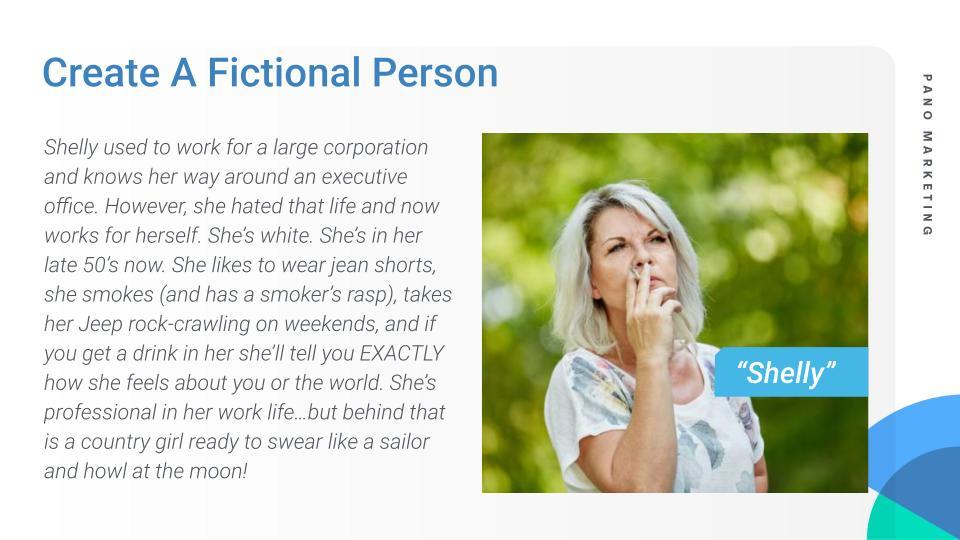
Why Are Brand Personas Important?
A great brand is a consistent brand.
With multiple channels, multiple people managing our brand, and multiple touchpoints for customers — it is imperative that the brand be consistent across all of this.
As well, we are not selling healthcare the product…we are selling the experience of healthcare at our organization.
Gone are the days of marketing being focused on selling products and services in healthcare. Now, we are fostering engagement. Engagement means:
- Individualized Customer Experiences
- Increased Value Perception
- Multiple Ways To Interact
- Loyalty. Loyalty. Loyalty.
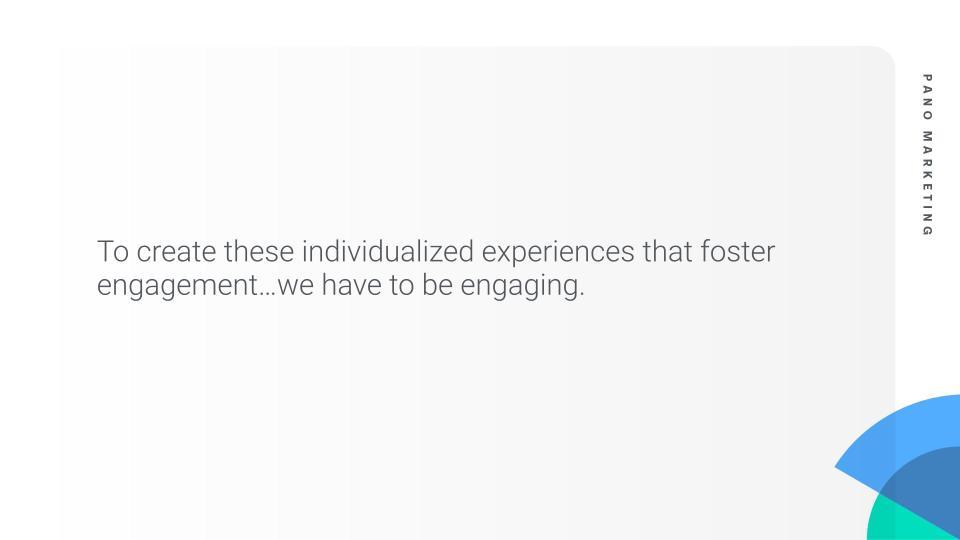
RATIONAL DECISION-MAKING
Consider the rational decision-making process of consumer behavior.
Rational decision-making refers to a decision-making process of consumer behavior that is based on making choices that result in the optimal level of benefit or utility for an individual. The assumption of rational behavior implies that people would rather take actions that benefit them versus actions that are neutral or harm them.
The rational decision-making process is:
- Identify Need
- Seek Options To Meet That Need
- Evaluate Pros & Cons
- Calculate Tangible & Intangible Costs of Satisfaction
- Make a Reasoned & Informed Decision
Now, let’s consider that decision-making process in relation to the marketing funnel.
THE MARKETING FUNNEL
The Marketing Funnel is a visual map of a customer’s marketing journey with our organization.
They begin as a stranger, then they become aware of us and become a “lead.” We then do work to guide them through the stages of…
- Awareness
- Interest
- Desire
- Action
It is during these stages that customers begin engaging with our brand as part of their decision-making process. Past and current customers go through shortened versions of this funnel and decision-making process as well, skipping “Awareness.”
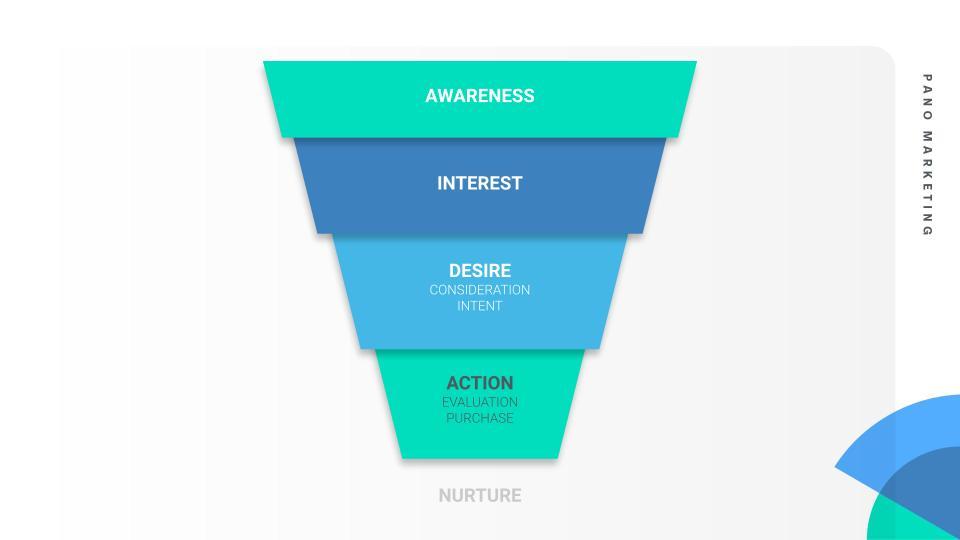
FIRST IMPRESSIONS ARE KEY
Your brand personality is imperative to UXD (User Experience Design).
We’ve all met someone new and formed opinions about them based on quick interactions like appearance, something they said, and/or something we’ve heard elsewhere.
We judge.
What will the first impression be of us with a customer in their rational decision-making process? How will they judge us in a fraction of a second?
PEOPLE ARE NOT ALWAYS RATIONAL
We are complex individuals, and we are not always rational in our decision-making process.
Though you cannot control past experiences potential consumers have had with other organizations, they will irrationally apply this experience to your organization.
Irrational decision-making is most prevalent during the stages where consumers research options, typically done through Google Search, exploring your website, looking at your social media, interacting with your outreach touchpoints, asking friends and family for input, and speaking with other care providers.
So…what are they going to feel when they analyze, research, and evaluate your organization as a possible solution to their need?
What does your brand personality say? How does it address this? How does it make them feel?
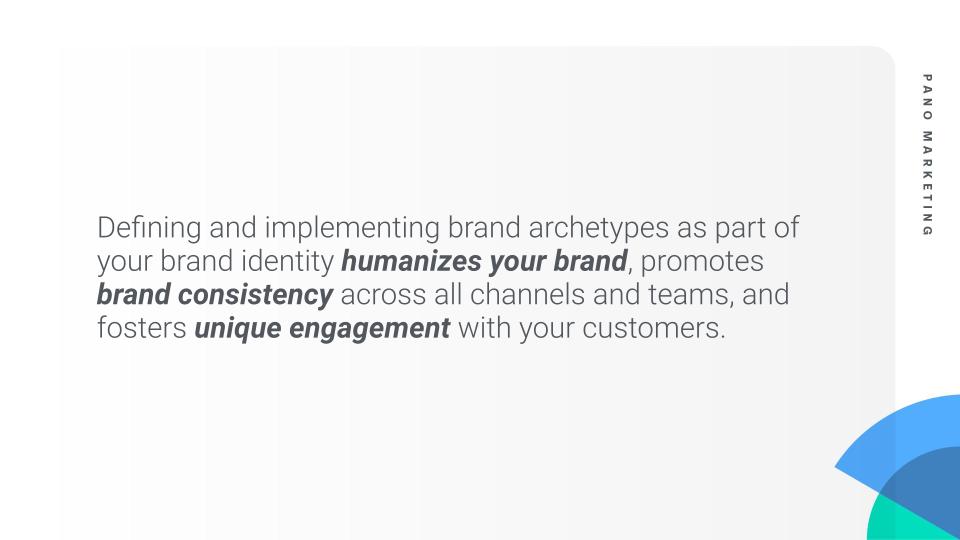
Outsource Your Branding
When in doubt…outsource.
Good branding agencies take brand personality very seriously and can help create:
- Brand Personality Guidelines
- Verbiage & Nomenclature
- Usage & Example Guides
- Written & Visual Content
- Channel Audits
- Ongoing Support
PANO Marketing has performed branding and rebranding in the healthcare industry, works with branding partners who are industry leaders for brands you know and love, and offers outsourced marketing department services that can execute brand strategies, campaign management, and ongoing support.
To learn more about PANO, visit our Outsourced Marketing page or contact us to schedule a meeting.
